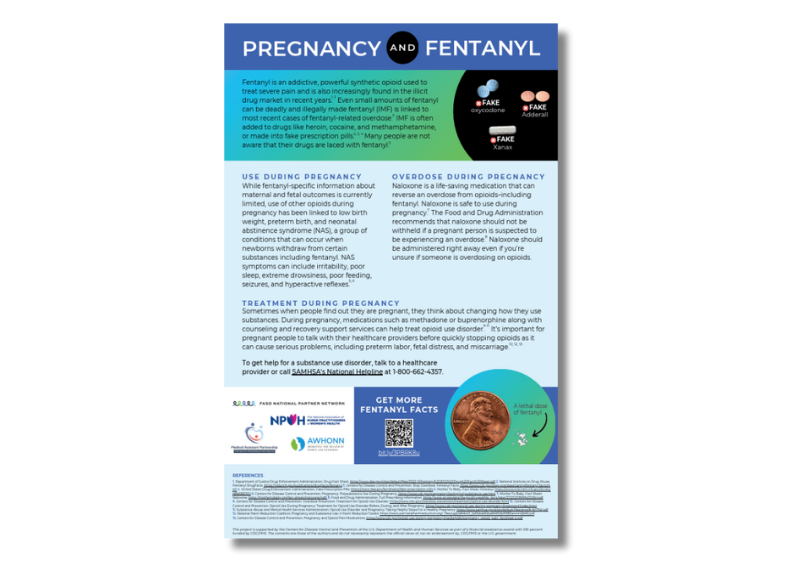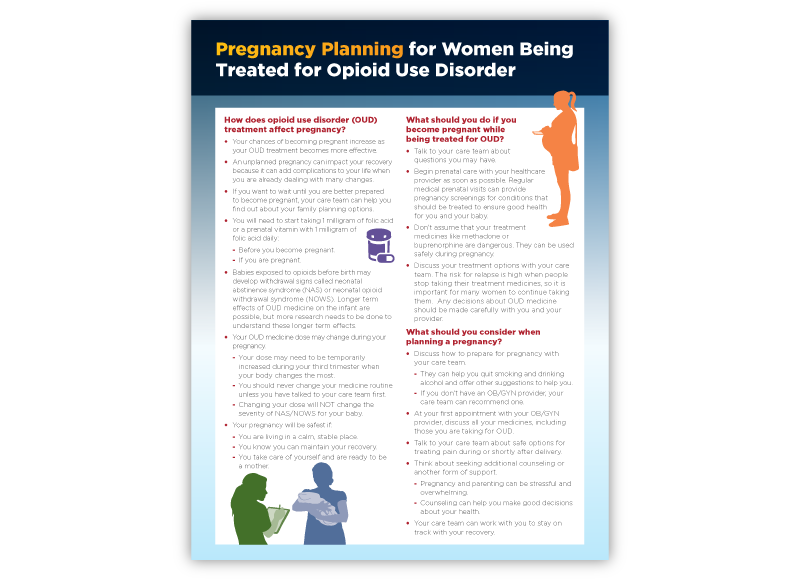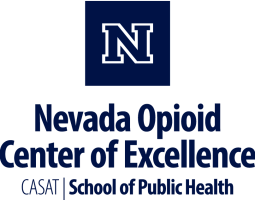
Neonatal Abstinence Syndrome (NAS) occurs when newborns experience withdrawal symptoms due to exposure to opioids in the womb, leading to complications like low birth weight and feeding difficulties. Addressing opioid use in pregnancy is crucial for preventing NAS and ensuring healthier outcomes. Below are key resources and information, including the CDC’s overview of NAS, SAMHSA’s clinical guidance, clinical recommendations from the American Academy of Pediatrics, research from NIDA, and local support services. These resources provide comprehensive support for managing and preventing NAS.
Neonatal Abstinence Syndrome Resources
Websites & Resources
Treatment of Opioid Use Disorder Before, During, and After Pregnancy
The CDC page outlines the importance of medication-assisted treatment (MAT) for opioid use disorder (OUD) during pregnancy, emphasizing methadone and buprenorphine as effective options to improve maternal and neonatal outcomes. It also highlights the need for comprehensive care, including mental health support, to reduce relapse risks and manage withdrawal symptoms in newborns.
Neonatal Opioid Withdrawal Syndrome
This website, from the Cleveland Clinic, provides comprehensive information on Neonatal Opioid Withdrawal Syndrome (formerly Neonatal Abstinence Syndrome), covering its causes, symptoms, diagnosis, treatment, prevention, and outlook.
Tools
Empowered (Roseman University College of Medicine)
Empowered supports pregnant and postpartum individuals in Southern & Northern Nevada (and Weber & Davis Counties in Utah) who use, or have used, opioids or stimulants. Their team provides peer recovery support, care management, and community navigation to help individuals prepare for birth and thrive as caregivers.
Northern Nevada HOPES – Perinatal Care Program
Northern Nevada HOPES offers a Perinatal Care Program for pregnant individuals with current or past opioid use. Services include prenatal and postpartum care, lactation and nutrition counseling, behavioral health support, peer counseling, and family planning. Safe treatment with buprenorphine (MOUD) is available to support healthy outcomes for both parent and baby. For more information, call 775-997-7583
Novel Technologies for Infants With Neonatal Opioid Withdrawal Syndrome
This article describes innovative technologies being developed to help infants with Neonatal Opioid Withdrawal Syndrome (NOWS), a condition affecting newborns exposed to opioids in utero. Two start-up companies, supported by the NIH HEAL Initiative, have created devices aimed at alleviating withdrawal symptoms in these infants: a vibrating bassinet pad and an ear-worn neurostimulation device. These devices have recently obtained FDA Breakthrough Device status, indicating a promising future for improved treatment options for NOWS.
Clinical Guidance for Treating Pregnant and Parenting Women With Opioid Use Disorder and Their Infants
This Clinical Guide provides comprehensive, national guidance for optimal management of pregnant and parenting women with opioid use disorder and their infants. The Clinical Guide helps healthcare professionals and patients determine the most clinically appropriate action for a particular situation and informs individualized treatment decisions.
Neonatal Abstinence Syndrome Family Guide / Toolkit (NAS)
The Pennsylvania Department of Health in partnership with the Northwestern Pennsylvania Neonatal Abstinence Syndrome Coalition and the Ohio Perinatal Quality Collaborative have created the NAS Family Guide Toolkit to help educate families and individuals about NAS, treatment options, and other supports. Neonatal Abstinence Syndrome (NAS) is a group of withdrawal symptoms in newborns that show up after being exposed to medications or substances, most often opioids, benzodiazepines and/or barbiturates during pregnancy.
Improving the Assessment of Neonatal Abstinence Syndrome (NAS)
Chin Foo, C. A., Dansereau, L. M., Hawes, K., Oliveira, E. L., & Lester, B. M. (2021). Improving the Assessment of Neonatal Abstinence Syndrome (NAS). Children (Basel, Switzerland), 8(8), 685.
An Overview of Clinical Tools Used to Assess Neonatal Abstinence Syndrome
Orlando S. (2014). An overview of clinical tools used to assess neonatal abstinence syndrome. The Journal of perinatal & neonatal nursing, 28(3), 212–219.
Reference Guide for Labor and Delivery Complicated By Substance Use
This reference guide aims to address some of these variances and provide a resource with best practices, guidelines, and protocols for medical professionals involved in the care of pregnant patients with OUD who are admitted to L&D units for delivery and their infants up until discharge.
Reference Guide for Reproductive Health Complicated by Substance Use
The intention for this guide is to provide basic directives for successfully implementing Screening, Brief Intervention and Referral to Treatment (SBIRT), into the clinical setting. SBIRT, specifically how to apply it to pregnant and non-pregnant persons of reproductive age populations.
Posters & Infographics

Pregnancy and Fentanyl Poster
This free downloadable poster from MAP at the University of Nevada, Reno, outlines the risks of fentanyl use during pregnancy, safe opioid treatment options, and potential impacts on newborns. Free hardcopies can be requested.
Access this Resource

Healthy Pregnancy Healthy Baby Fact Sheets
This series of four fact sheets emphasizes the importance of continuing a mother's treatment for opioid use disorder (OUD) throughout pregnancy. The series includes information on OUD and pregnancy, OUD treatment, neonatal abstinence syndrome, and considerations to address before hospital discharge.
Download the Factsheets

Pregnancy Planning for Women Treated for Opioid Use Disorder
This fact sheet is for women who are pregnant or of childbearing age with an opioid use disorder.
View the SAMHSA Fact Sheet
Publications
Evidence-Based, Whole-Person Care for Pregnant People Who Have Opioid Use Disorder
This Advisory outlines how healthcare providers (i.e., obstetrician-gynecologists [OB-GYNs], primary care physicians, and other professionals who treat pregnant people) can take an active role in supporting the health of pregnant individuals who have OUD and their babies.
A Collaborative Approach to the Treatment of Pregnant Women with Opioid Use Disorders
This SAMHSA manual offers best practices to states, tribes, and local communities on collaborative treatment approaches for pregnant women living with opioid use disorders, and the risks and benefits associated with medication-assisted treatment.
Substance Use in Women Research Report: Substance Use While Pregnant and Breastfeeding
NIDA. 2024, January 18. Substance Use While Pregnant and Breastfeeding. Retrieved from https://nida.nih.gov/publications/research-reports/substance-use-in-women/substance-use-while-pregnant-breastfeeding on 2024, July 8
Neonatal Abstinence Syndrome
Jansson, L. M., & Patrick, S. W. (2019). Neonatal Abstinence Syndrome. Pediatric clinics of North America, 66(2), 353–367. https://doi.org/10.1016/j.pcl.2018.12.006
Neonatal Abstinence Syndrome
Anbalagan S, Falkowitz DM, Mendez MD. Neonatal Abstinence Syndrome. [Updated 2024 Apr 1]. In: StatPearls [Internet]. Treasure Island (FL): StatPearls Publishing; 2024 Jan-. Available from: https://www.ncbi.nlm.nih.gov/books/NBK551498/
Webinars & Online Learning
Current News & Research
Pediatricians’ Attitudes Toward and Use of Terminology About Mothers With Opioid Use Disorder
The study investigates how pediatric primary care clinicians' language and attitudes may contribute to stigmatizing experiences for mothers with opioid use disorder (OUD), potentially hindering their engagement with healthcare services. By examining clinicians' terminology and perspectives, the research identifies areas for improvement to foster more supportive and non-stigmatizing interactions, thereby enhancing healthcare engagement among this population.
Medication for Opioid Use Disorder During Pregnancy — Maternal and Infant Network to Understand Outcomes Associated with Use of Medication for Opioid Use Disorder During Pregnancy (MAT-LINK), 2014–2021
The article analyzes data from the MAT-LINK project (2014–2021), which tracks maternal and infant outcomes associated with medications for opioid use disorder (MOUD) during pregnancy. It emphasizes that MOUD improves maternal health but highlights the need for tailored care to address neonatal outcomes, including opioid withdrawal.
Outcomes associated with the use of medications for opioid use disorder during pregnancy
The article examines the outcomes of using medications for opioid use disorder (MOUD) during pregnancy, focusing on methadone and buprenorphine. It highlights that while MOUD improves maternal outcomes and reduces risks of relapse, it may also be associated with neonatal opioid withdrawal syndrome, necessitating careful clinical management.
New approach gets newborns with opioid withdrawal out of the hospital sooner and with less medication
Hassan, C. (2023, April 30). New approach gets newborns with opioid withdrawal out of the hospital sooner and with less medication. CNN. https://www.cnn.com/2023/04/30/health/opioid-withdrawal-newborns-eat-sleep-console/index.html
